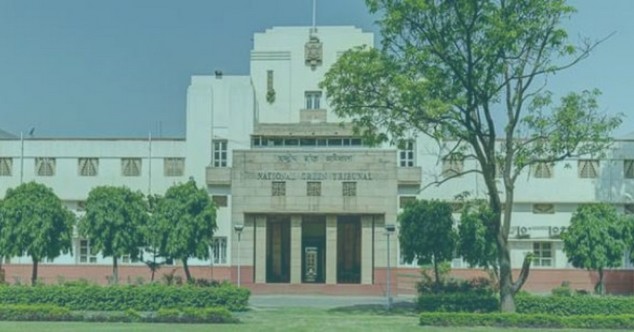Court Data
2020 Saw a Historic High of Suo Moto Cases at the SC
COVID-19 caused an unexampled surge in suo moto action taken by the Supreme Court, with 10 suo moto cases recorded in 2020.

Thousands of migrant labourers ventured home, trudging hundreds of miles across highways and state lines when India went into its first COVID-19 lockdown in March 2020. The Supreme Court received Public Interest Litigation (PIL) petitions seeking intervention in mitigating the crisis. The Court refused to intervene, stating that it was the State Governments’ prerogative to aid the stranded workers. The Bench famously retorted ‘How can we stop them from walking?’. 20 advocates beseeched the Court to intervene and take suo moto action instead of retreating ‘into a self-effacing deference’. Under much public pressure, the SC took suo moto cognisance of the migrant labourers crisis, and gave directions to the Union Government.
Courts exercise their suo moto powers by taking up matters based on media reports or act on letters written to them. Suo moto powers allow the SC to take action on its own volition—without a person or organisation approaching the Court. Like PILs, suo moto petitions have lower procedural requirements, so that critical issues can swiftly reach the Court. The SC takes notice of cases in three main ways. First, in suo moto contempt cases, the SC may pull up any person who disobeys or shows ‘contempt’ towards the Court. Second the Court may, by its own will, transfer a case to itself or to lower Courts. Finally, they may take cognisance of pressing issues affecting society.
The migrant labourers’ case joined the list of suo moto cases concerning social issues at the SC—a list that was growing slowly since 1994 but would explode during the COVID-19 years. In 2020 the SC admitted 10 new suo moto cases—the highest in the Court’s history.
Number of Suo Moto Cases at the Supreme Court
Figure 1 depicts the number of suo moto cases at the SC since 1994. The data deliberately excludes contempt petitions and transfer petitions, to single out instances where the Court has exercised its extraordinary powers to resolve matters of grave importance.
Although the Court has been hearing suo moto like petitions since 1979, no official or academic data compiles the cases before 1994. The data from 1994 to 2007 is taken from Marc Galanter & Vasujith Ram’s, ‘Suo Motu Intervention and the Indian Judiciary’, Chapter 4 in Rosenberg et al (eds), A Qualified Hope (CUP 2019). This data was manually sourced from RTIs filed by the authors, various reports and databases. From 2007, the Supreme Court began to record suo moto interventions in its Annual Reports.
Between 1994 and 2019, the Court has intermittently taken suo moto cognisance in a wide range of issues including environmental concerns, access to healthcare, illegal detention and police brutality, rape, and safety of women and children. 28 suo moto cases were instituted in this 15 year period. The number of suo moto cases has nearly doubled since, with 26 suo moto cases being instituted in three years, between 2019 and 2021.
Historic Increase in the Number of Suo Moto Cases Since 2019
Figure 1 shows the sudden increase in the use of suo moto powers after 2019. In 2019, the SC took suo moto cognisance of eight issues—three environmental, two cases on safety of women and children, one on the independence of the judiciary, one on a missing LLM student and her safety, and one for which no information is available in the public domain. Although there is no discernible pattern in the subject matter of cases in 2019, it is a useful sample to see the range of issues the Court has heard using its suo moto powers.
Out of 10 suo moto cases in 2020, one dealt with the involvement of children and infants in demonstrations and agitations, after the death of an infant at Shaheen Bagh, Delhi in January that year. Another case dealt with the expeditious trial of cases regarding dishonouring of cheques. 8 out of those 10 suo moto cases pertained to pandemic related issues. Never before had the SC focused its suo moto powers on one overarching issue. Looking back at the suo moto cases over the years, gives a sense of how the SC’s use of suo moto powers have evolved.
In 2021, 8* suo moto petitions were instituted. Three were pandemic related, including the Court’s concern of the spread COVID-19 during the Kanwar Yatra. Others largely included pollution of rivers, rights of prisoners, and the protection of judges.
In the first six months of 2022, the SC has only instituted one suo moto case—on framing guidelines related to death sentences. It appears that the COVID-19 rush of suo moto cases has subsided. Will the Court narrow its suo moto jurisdiction again, with the worst of the pandemic behind us?
*The 2020-2021 Annual Report of the Supreme Court reports 6 cases. SCO’s manual counting of the suo moto cases on the Supreme Court website, however, shows that 8 suo moto cases were instituted in 2021.



